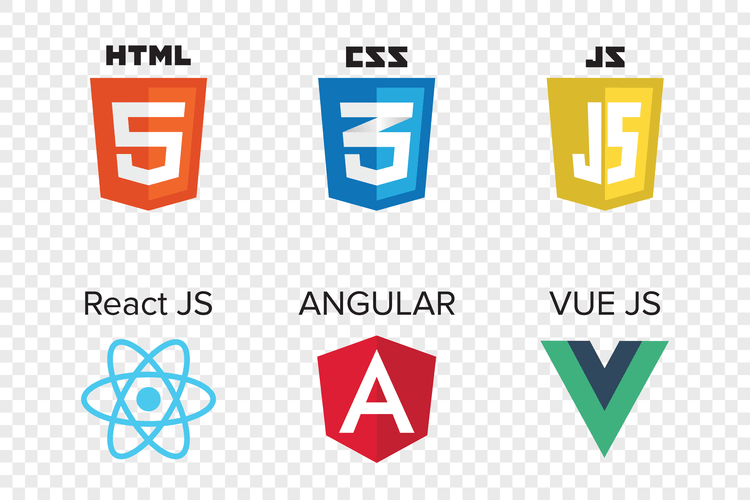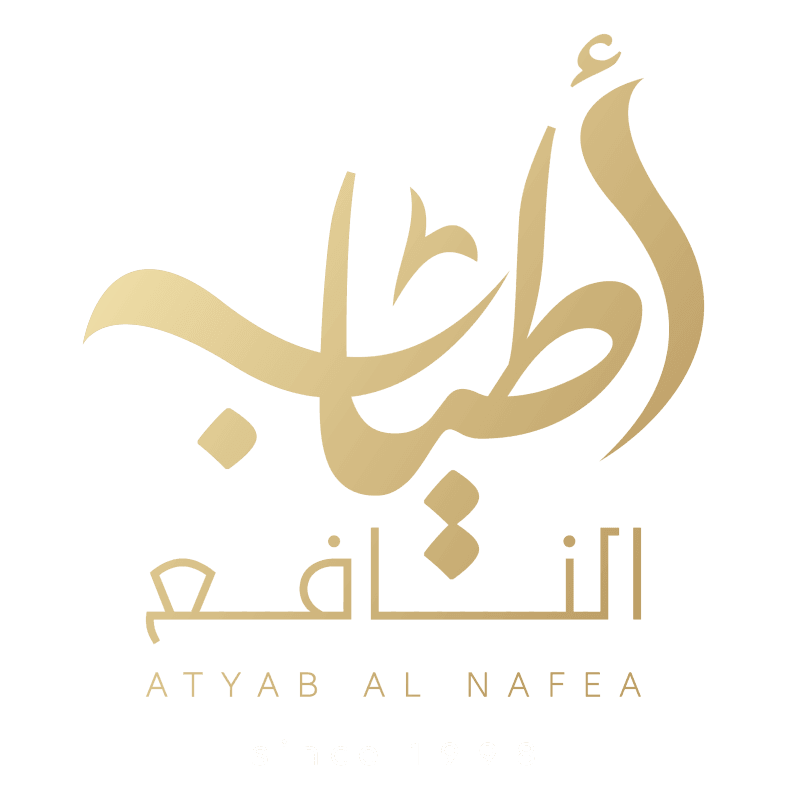Software development
Mongodb Vs Postgresql: 15 Important Differences
On the opposite hand, PostgreSQL stands as a veteran in the realm of relational databases, renowned for its sturdy adherence to SQL standards and reliability. Having a unique syntax and construction of data than relational database administration systems (RDBMSs), it shops knowledge within the form of documents. It makes use of a relational model to retailer information in structured tables with predefined schemas, making certain integrity by way of normalization.
From the programmer perspective, transactions in MongoDB really feel identical to transactions builders are already conversant in in PostgreSQL. MongoDB shops information as paperwork in a binary illustration known as BSON (Binary JSON). Fields can differ from document to document; there is no must declare the construction of paperwork to the system — paperwork are self-describing and help polymorphism. Optionally, schema validation can be utilized to enforce data governance controls over every https://www.globalcloudteam.com/ collection. If you may be on the lookout for a distributed database for modern transactional and analytical applications which may be working with rapidly changing, multi-structured data, then MongoDB is the way to go. If you prioritize faster knowledge integration and scalability throughout several servers, MongoDB could be an acceptable selection for your small business.
You can change document buildings within a collection without affecting other documents, making it appropriate for evolving semi-structured or unstructured knowledge. Data is stored in versatile, JSON-like documents with dynamic schemas. This allows you to retailer several types of knowledge in the same assortment. PostgreSQL, usually called “Postgres,” is a strong open-source relational database management system (RDBMS) identified for its robust concentrate on information high quality, advanced querying capabilities, and extensibility.
Key Options In Mongodb Vs Postgresql
Not just by way of storage but also in terms of what you wish to do together with your knowledge. For tasks requiring intricate question capabilities and complicated reporting functionalities, PostgreSQL excels in handling large and complicated datasets efficiently. On the opposite hand, PostgreSQL focuses on vertical scaling (opens new window) or scaling up methods by enhancing the capability of a single server to handle increased workloads effectively.

MongoDB’s document mannequin allows a user to naturally map to objects inside application code, making it simpler for full-stack builders to learn and use. Documents provide you with the flexibility to depict hierarchical relationships to retailer arrays and other extra sophisticated constructions simply. The essential thing to notice right here is that transactions allow numerous changes to a database to both be made or rolled back in a group. Therefore, in a relational database, the data could be modeled throughout unbiased parent-child tables in a tabular schema. Once you’ve chosen the proper database tool on your project, you have to streamline information motion between your sources, database systems, and different functions.
Mongodb Vs Postgresql: Which Database Reigns Supreme In 2024?
After exploring the nuances of each the databases, think about testing our article on migrating from MongoDB to Postgres leveraging Airbyte, a dynamic information integration platform. The relational database has pushed operations in Instagram, Foursquare, and Twitch. PostgreSQL enforces a strict database schema where desk constructions should be defined upfront. MongoDB has the potential for ACID compliance, while Postgres has ACID compliance built-in. ACID (atomicity, consistency, isolation, durability) are ideas or components that work toward data validity, particularly in databases intended for transactional workflows. One of an important components of the operate of any company is a secure database.
- BSON skips the keys that aren’t helpful for the query, thus making it sooner to retrieve data.
- PostgreSQL is more flexible in relation to scaling and can be scaled each vertically and horizontally.
- Understanding the nuances between these two powerhouses is essential for making informed choices regarding database selection primarily based in your unique project demands.
- “When you’re selecting an information retailer, an important thing to understand is the place in your information — and the place in its connections — the business value lies.
- In distinction to MongoDB, PostgreSQL possesses a built-in characteristic of ACID compliance.
In the realm of modern knowledge management methods, MongoDB and PostgreSQL have emerged as titans, every providing unique strengths and capabilities to meet the varied wants of companies and developers worldwide. As organizations navigate the ever-expanding landscape of databases, choosing the right one becomes a critical decision that may form the effectivity, scalability, and success of their functions. MongoDB doesn’t implement schema upfront and has a straightforward studying curve. The driver offered a simple and intuitive API that supported a variety of MongoDB features, including querying, indexing, and aggregation.
Use Cases & Real-world Implementations
The debate between MongoDB and PostgreSQL extends to scalability and efficiency issues, the place each excels in distinct methods. JSON Validation in PostgreSQLPostgreSQL 9.2 launched the JSON type, enabling validation before data conversion. If you’d wish to assist me as a writer, contemplate signing as a lot as turn out to be a Medium member. MySQL is absolutely ACID-compliant, guaranteeing dependable data transaction processing.
In this text, we are discussing two databases, MongoDB and PostgreSQL. We are going to cowl their key features, performance, performance, and their use cases. Unlike common views, materialized views question the info once and then save the results as a table. This can drastically improve performance for complicated queries that don’t change typically but are learn incessantly. Moreover, you presumably can index materialized views instantly, making reads even sooner. You even have the choice to refresh a materialized view to replace the endured knowledge, making certain that it stays present with any modifications in the underlying knowledge sources.

All the components in PostgreSQL are united, thus representing monolithic structure. However, it still helps varied extensions, foreign data wrappers, and could be configured for distributed architectures. Over time, databases have developed from conventional mongodb vs postgresql relational models to embrace non-relational approaches like MongoDB (opens new window) and PostgreSQL (opens new window). MongoDB, a quantity one non-relational contender, revolutionizes information storage with its document-oriented structure, catering to trendy scalability demands.
Developers can resolve what’s needed in the utility and alter it within the database accordingly. PostgreSQL presents tons of authentication methods including a pluggable authentication module (PAM) and light-weight directory access protocol (LDAP), which scale back the assault surface of the servers. It additionally ensures server-level safety by way of host-based authentication and certificates authentication.
PostgreSQL provides sturdy ACID compliance with transactions spanning a number of tables, making certain data integrity and consistency. MongoDB is a popular open-source NoSQL database management system that may deal with diverse and dynamic knowledge. It offers a flexible, document-oriented strategy to data storage and retrieval. PostgreSQL is a one hundred pc free and open-source ORD (object-relational database) that dates back to 1987, making it considerably older than MongoDB. Instead of storing knowledge like documents, the database shops it as structured objects.

Document databases can do JOINs, however they are done in another way from multi-page SQL statements which might be generally required and often automatically generated by BI tools. That said, MongoDB does have the Atlas SQL Interface and BI connectors, which permit SQL entry, principally from BI tools. In PostgreSQL, the method to scaling depends on whether you might be speaking about writing or studying information. For writes, it’s based on a scale-up architecture, in which a single main machine working PostgreSQL must be made as powerful as possible in order to scale. For reads, it is possible to scale-out PostgreSQL by creating replicas, but each reproduction must include a full copy of the database. Now within the doc database world of MongoDB, the construction of the info doesn’t should be deliberate up entrance within the database and it is much simpler to change.
# From Relational To Non-relational: A Short Historical Past
Extensibility is supported in PostgreSQL in a quantity of ways, corresponding to procedures and functions. Thus, the catalog-driven function of PostgreSQL depicts its extensibility. Did you realize our Slack is the most energetic Slack neighborhood on knowledge integration?
Other information integration methods like ELT and ReverseETL could be simply as difficult if you lack a big data engineering team. When comparing MongoDB and MySQL in terms of user-friendliness, completely different elements come into play. Indexes are a sort of information construction that can store a minimal quantity of data in an easily readable type.

Experience Postgres’ NoSQL performance by trying the pg_nosql_benchmark on GitHub. PostgreSQL is extra versatile in terms of scaling and could be scaled each vertically and horizontally. This type of index is constructed over a subset of rows in a table, normally defined by a WHERE clause.
When starting a new project, one of the issues developers can wrestle with is selecting a stack. Zeroing in on the right know-how to solve a problem can be a nerve-wracking expertise. Databases particularly can be challenging to choose, especially if you’re unclear about how your information will be used.

